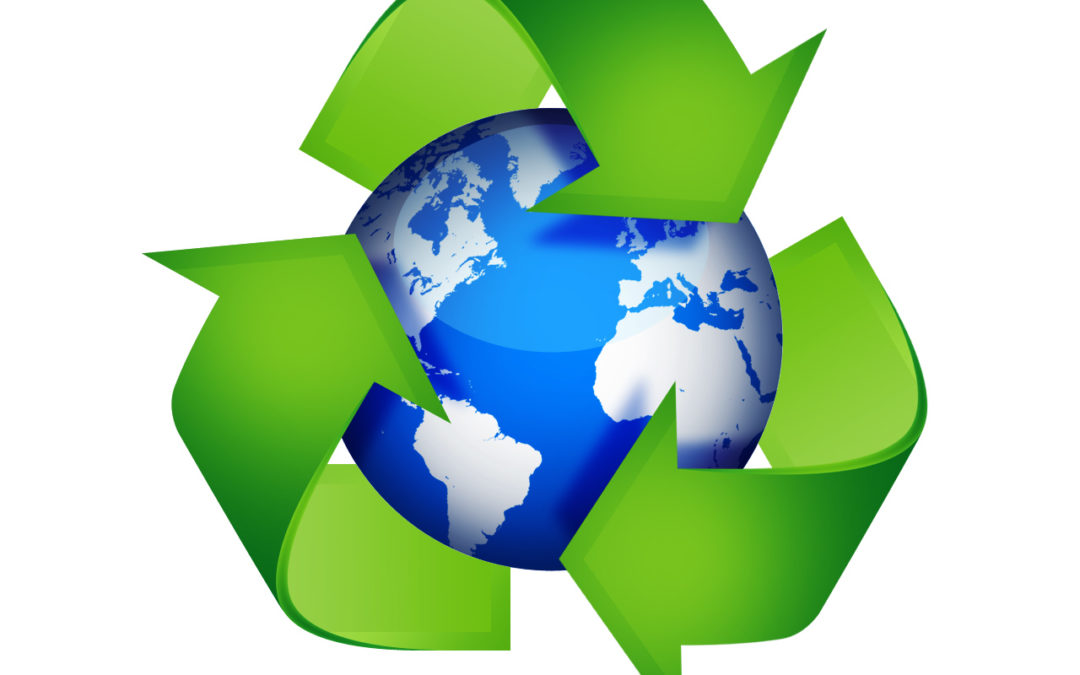The idea of recycling might seem like a relatively new concept, but it’s actually been around for thousands of years. The earliest records of recycling go back to 400BC, and archaeological studies of waste dumps showed less household waste of ash, broken tools and pottery in times when resources were scarce, indicating that the waste was being recycled and reused instead. In pre-industrial times we can see evidence of scrap metals being collected and melted down for perpetual reuse, and the Japanese have been recycling paper since 1031. The first western commercial recycling plant opened up in the 1970’s, and since then recycling has become a household word. But have you ever wondered what happens to your recycling after you’ve put it in the bins and it’s been taken away?
Collection Methods
There are a few different ways that recycling is collected, depending on where you live and what your council has decided to do. The most common method is for all recycling to be put into a single container, where it is taken away to a single sorting facility. In other areas, paper and card is kept separate from other recyclables like cans, glass and plastic bottles, and is either collected by separate vehicles, or in different compartments of the same truck. The third and final method of collection is complete separation. With this method you place paper, cans and bottles into separate containers, which are then collected by a compartmentalised vehicle and taken to 3 separate reprocessing facilities.
Cans
Once the cans reach their reprocessing plant, they are separated from general waste before being sorted into metal types using magnets. Steel cans are separated out, leaving just the aluminium cans. These cans are shredded into small pieces, which are then melted down. Chemicals are added to improve the quality of the metal before it is poured into moulds, cooled and rolled, ready to make more cans. The cans you recycle are then back on the shelves in around 6 weeks, ready to be sold and recycled again.
Plastic
Once the bottles have been sorted from the other materials, they are cleaned and sorted by plastic type and colour using infrared technology. The bottles are then shredded, melted and formed into plastic pellets, which can be used for fencing, bags or more bottles.
Glass
Glass is the most recyclable material we use, as it can be recycled an infinite number of times without degrading. Bottles are collected, separated and sorted by colour before being crushed into small pieces known as cullet. The glass is then exposed to magnets and suction to remove any contaminants or foreign objects. Once it is pure, it is melted, chemically strengthened and poured into ‘gobs’, which are blown or pressed into new bottles or jars.
Paper
When it comes to paper, the recycling process is actually incredibly quick. Once the paper has been sorted from the rest of the materials in a materials recycling facility, it is then sorted down further into 3 grades – brown cardboard, mixed paper and newspapers/magazines. Any cardboard is bound into bales and sent to a separate facility to reprocessing into new shapes, while all other papers are sent on to a reprocessor. At the reprocessing plant, the paper is washed with water and soap to remove any ink, glue, staples or films from it. Once the paper is clean (and a little soggy) it is transferred to vat where more water is added to create a smooth ‘slurry’ type material. At this stage, different chemicals or materials might be added to the slurry to make different types of paper. For example, if you wanted a batch to be made into cardboard, you would add wood pulp. Once any chemicals have been added and the slurry is finished, the mixture is spread on large flat surfaces using rollers and left to dry. Once it’s dry, it’s then rolled back up, ready to be cut and sent out for sale again. This entire process is very quick, and in the case of newspaper it takes just 7 days to be recycled and turned back into newsprint ready to be printed on.
When it comes to paper recycling, shredding companies are one of the main suppliers to reprocessing plants. The huge amounts of paper we supply in a pre-shredded form makes it easier for the plants to sort and pulp, making the process of forming new paper quicker. It also cuts down on greenhouse gasses and the amount of landfill we are using, providing a safe, secure and eco friendly way for your business to get rid of your sensitive documents. For more information on recycling or how you can destroy your documents in an eco friendly way, get in touch today.


Recent Comments